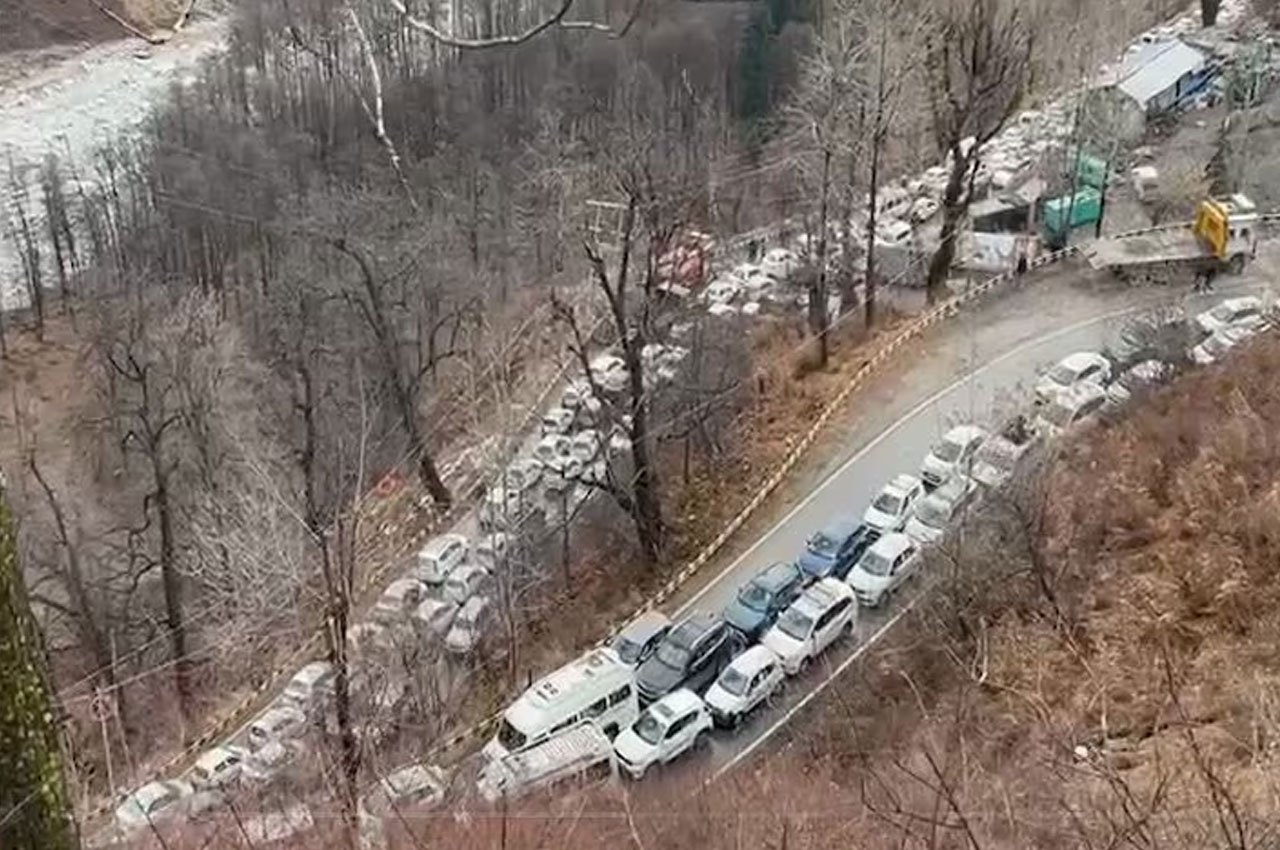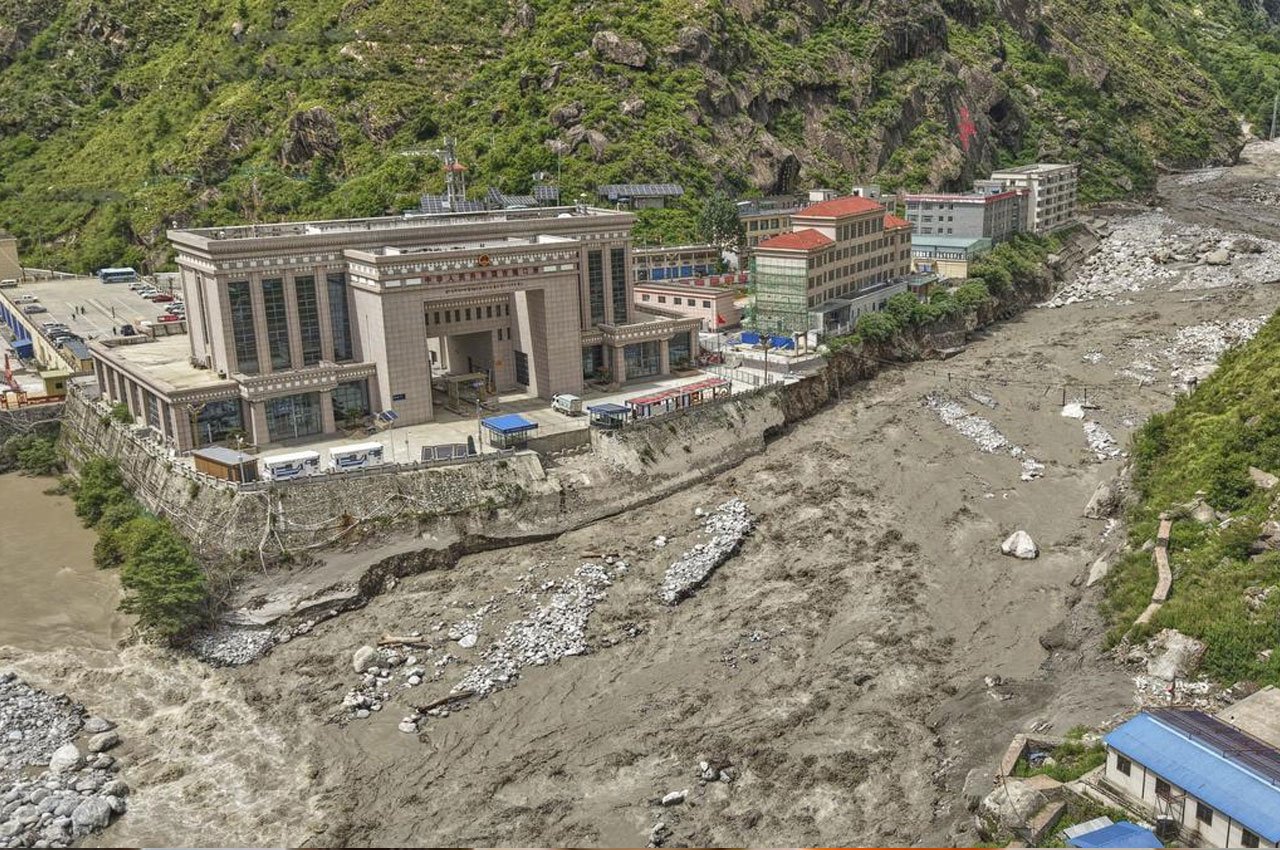Hill towns like Mussoorie, Landour, Shimla, Manali, and Dharamshala are overcrowded with tourists, leading to severe traffic jams and congestion
As unrelenting heatwaves sweep across India’s plains, the cool refuge offered by the Himalayas is becoming more than just a tourist getaway — it’s now a survival strategy. Hill stations across Uttarakhand and Himachal Pradesh are witnessing an overwhelming influx of visitors seeking respite from soaring temperatures. From Mussoorie and Landour to Shimla, Manali, and Dharamshala, these towns are struggling under the weight of mass migration, choking infrastructure, vanishing green spaces, and deepening ecological stress.
The Exodus to the Hills
With cities like Delhi, Jaipur, and Lucknow regularly crossing 45°C, hundreds of thousands of urban dwellers are fleeing to the mountains every summer. In just a few years, tourist footfall in the Indian Himalayan region has more than doubled. In Mussoorie and Landour alone, visitor numbers jumped from 1 million in 2020 to over 2 million by 2024. Shimla reportedly saw 2.5 lakh tourists over just one summer weekend this year, with hotel occupancy touching 90%.
This heatwave-driven migration has created a new crisis — hill stations originally designed for small populations are being overwhelmed by crowds, cars, and construction.
Gridlock in the Mountains
Whether it’s the narrow, colonial-era roads of Landour or the busy Mall Road in Shimla, traffic congestion has become a daily nightmare. In peak summer, towns like Manali and Nainital witness up to 1,000 cars arriving per day. Tourists now face 10 to 12-hour drives from Delhi to reach these towns, with ambulances and emergency services often caught in logjams.
The tragic case of a patient dying in transit due to being stuck in traffic has become symbolic of the mounting human cost of unregulated tourism. Local residents, once welcoming of seasonal visitors, now find themselves navigating daily chaos and shrinking access to essential services.
Climate Crisis Reaches the Hills
Ironically, the very hills that people escape to are now warming too. From Mussoorie to Dharamshala, summer temperatures have risen steadily over the last decade. Ceiling fans and even air conditioners, once unthinkable in these cool climates, are becoming increasingly common. Deforestation, changing rainfall patterns, and melting snowlines have altered the ecology of these regions, making them more vulnerable to landslides, water shortages, and heat spells.
Local shopkeepers in Landour and Shimla now stock cooling devices year-round, while residents in Kullu and Solan report increased dependence on groundwater due to drying springs and depleted streams.
Infrastructure Buckling Under Pressure
During peak season, hill stations across Himachal Pradesh and Uttarakhand see their population swell by 10 to 20 times. But civic infrastructure hasn’t kept pace. Overflowing garbage, erratic water supply, power cuts, and long queues at hospitals are now commonplace. With the explosion of cafes, hotels, and homestays — many operating without environmental clearances — the burden on natural resources has reached critical levels.
Local municipalities struggle to regulate rampant construction, often turning a blind eye to zoning violations in the race to keep up with demand.
Local Authorities Push Back
To manage the chaos, authorities have started taking steps. In Landour, a vehicle cap of 200 cars per day has been imposed, while Shimla recently restricted tourist vehicles from entering the main town and launched electric buses. Manali has implemented odd-even parking schemes to reduce congestion, and Mussoorie has introduced one-way traffic routes on weekends.
In Himachal, plans for ropeways and bypass tunnels are underway, but experts warn these are temporary fixes. What is needed is a long-term, sustainable tourism model that balances ecological preservation with economic opportunity.
From Paradise to Pressure Cooker
Hill towns were once celebrated as peaceful retreats, a place where time slowed and the air healed. But they are now morphing into miniature metros — clogged with traffic, polluted air, construction noise, and overcrowded public spaces. The hills are no longer immune to the pressures of modern urban life; in fact, they are becoming mirrors of the cities people are trying to escape.
Shimla, once described as the summer capital of the British Raj, today struggles with garbage disposal and acute water shortages during peak season. The story is similar in Manali, where the Beas riverbanks are littered with plastic and traffic brings town life to a standstill.
A Call for Balance
India’s hill stations must urgently shift from reaction to regulation. Visitor limits, construction caps, green building codes, and public transport infrastructure must be at the heart of any sustainable tourism plan. Hill states need to treat tourism not just as an economic asset but as an ecological responsibility.
The challenges faced by Mussoorie, Landour, Shimla, and other Himalayan towns offer a sobering lesson: climate change and unchecked tourism are pushing these fragile regions to the brink. Unless bold, balanced measures are taken, the very charm that draws people to the hills may soon disappear.
The hills may still be calling — but without protection, they may no longer answer.
For more Regional news click: https://thedailypulse.in/category/regional/
Follow us for latest updates:




